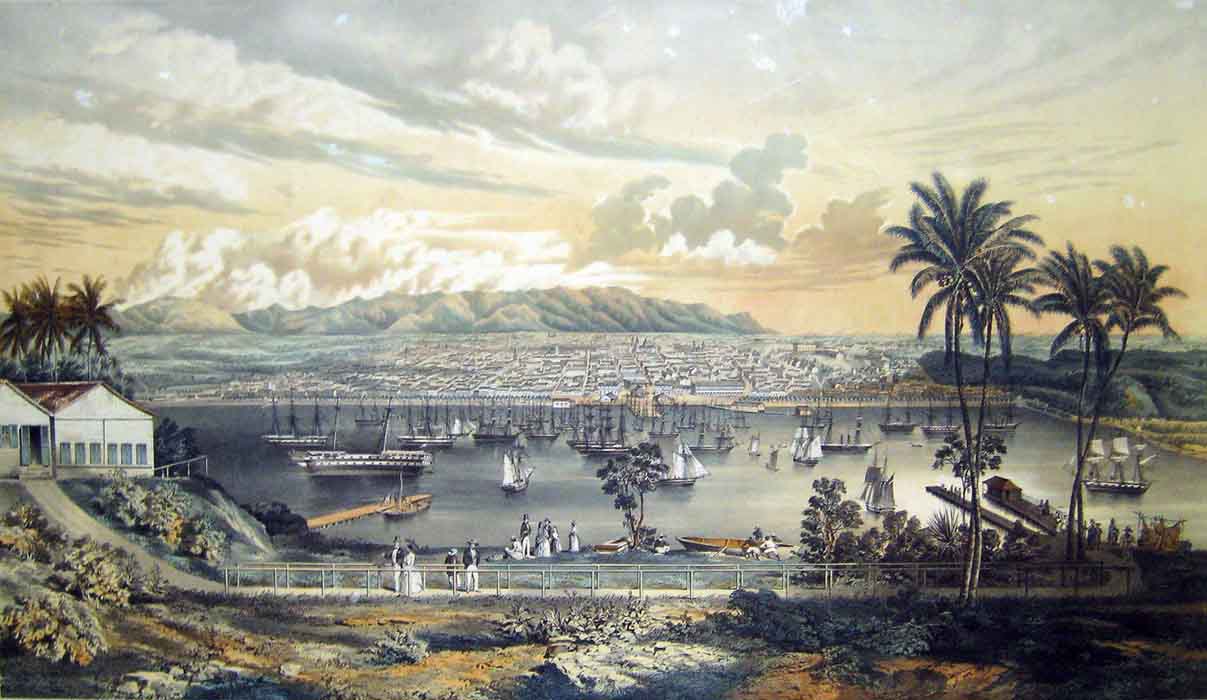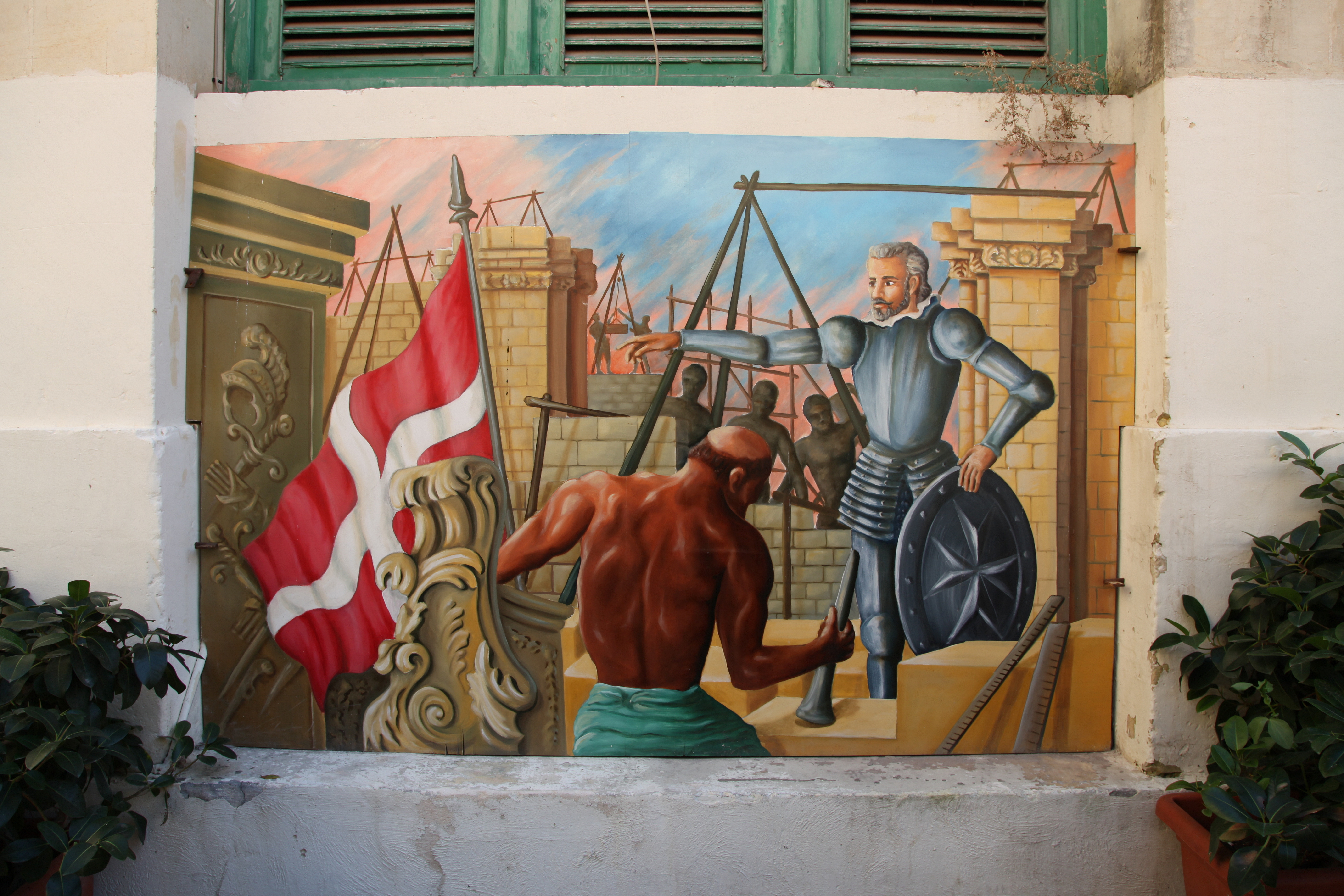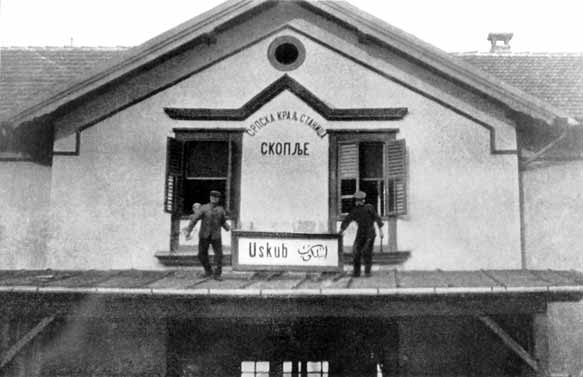|
Román Hernández Onna
Román Hernández Onna (23 November 1949 – 1 June 2021) was a Cuban Grandmaster (GM) (1978), and Cuban Chess Championship winner (1982). Biography From the 1970s to the 1990s, Román Hernández Onna was one of Cuba's leading chess players. He won Cuban Chess Championship in 1982. One of his greatest successes in the international arena was in 1977 in a strong chess tournament in Las Palmas, where Román Hernández Onna shared the 4th place with Mikhail Tal and Walter Browne behind Anatoly Karpov, Bent Larsen and Jan Timman, and won parties against Larsen and Tal. In the same year, he also shared the 2nd place with Oscar Panno and Ulf Anderssonin Biel Chess Festival behind Anthony Miles. His other chess tournament successes include: 3rd place in Kecskemét (1975, behind Károly Honfi and Ratmir Kholmov), shared 2nd-3rd place in Bogota (1978, behind Efim Geller), shared 3rd-4th place in Quito (1978), 2nd place in Havana (1978, behind Silvino García Martínez) and the fi ... [...More Info...] [...Related Items...] OR: [Wikipedia] [Google] [Baidu] |
Santiago De Cuba
Santiago de Cuba is the second-largest city in Cuba and the capital city of Santiago de Cuba Province. It lies in the southeastern area of the island, some southeast of the Cuban capital of Havana. The municipality extends over , and contains the communities of Antonio Maceo, Bravo, Castillo Duany, Daiquirí, El Caney, El Cobre, Cuba, El Cobre, El Cristo, Guilera, Leyte Vidal, Moncada and Siboney, Cuba, Siboney. Historically Santiago de Cuba was the second-most important city on the island after Havana, and remains the second-largest. It is on a bay connected to the Caribbean Sea and an important sea port. In the 2022, the city of Santiago de Cuba recorded a population of 507,167 people. History Santiago de Cuba was the seventh village founded by Spanish conquistador Diego Velázquez de Cuéllar on 25 July 1515. The settlement was destroyed by fire in 1516, and was immediately rebuilt. This was the starting point of the expeditions led by Juan de Grijalba and Hernán Cort� ... [...More Info...] [...Related Items...] OR: [Wikipedia] [Google] [Baidu] |
Efim Geller
Efim Petrovich Geller (; ; 8 March 1925 – 17 November 1998) was a Soviet chess player and world-class grandmaster at his peak. He won the Soviet Championship twice (in 1955 and 1979) and was a Candidate for the World Championship on six occasions (1953, 1956, 1962, 1965, 1968, and 1971). He won four Ukrainian SSR Championship titles (in 1950, 1957, 1958, and 1959) and shared first in the 1991 World Seniors' Championship, winning the title outright in 1992. His wife Oksana was a ballet dancer while his son Alexander was also a chess master. Geller was coach to World Champions Boris Spassky and Anatoly Karpov. He was also an author. Early life Geller grew up in Odessa, Soviet Union, and was Jewish. He was a fine basketball player, and earned his doctorate in physical education before specialising in chess. His father was a First Category chess player. His development as a top player was delayed by the inception of World War II. Geller's first notable result was sixth plac ... [...More Info...] [...Related Items...] OR: [Wikipedia] [Google] [Baidu] |
La Valletta
Valletta ( ; , ) is the capital city of Malta and one of its 68 Local councils of Malta, council areas. Located between the Grand Harbour to the east and Marsamxett Harbour to the west, its population as of 2021 was 5,157. As Malta’s capital city, it is a commercial centre for shopping, bars, dining, and café life. It is also the southernmost capital of Europe, and at just , it is the European Union's smallest capital city. Valletta's 16th-century buildings were constructed by the Hospitaller Malta, Knights Hospitaller. The city was named after the Frenchman Jean Parisot de Valette, who succeeded in defending the island against an Ottoman invasion during the Great Siege of Malta. The city is Baroque architecture, Baroque in character, with elements of Mannerist architecture#Mannerist architecture, Mannerist, Neoclassical architecture, Neo-Classical and Modern architecture, though the Second World War left major scars on the city, particularly the destruction of the Royal Oper ... [...More Info...] [...Related Items...] OR: [Wikipedia] [Google] [Baidu] |
24th Chess Olympiad
The 24th Chess Olympiad (), organized by FIDE and comprising an open and a women's tournament, as well as several other events designed to promote the game of chess, took place between November 20 and December 6, 1980, at the Mediterranean Conference Centre in Valletta, Malta. Once again, the defending champions Hungary proved to be a real match for the Soviet favourites. The Hungarians led the table until the last round, but in the end the two teams tied for first place. The Soviet Union had a slightly better tie break score and took back the gold medals after six years. Yugoslavia completed the medal ranks. The Soviet team was captained by the reigning world champion Karpov (who fell ill during the tournament and didn't perform to his usual standard) and featured a former champion (Tal) as well as a future one: 17-year-old Olympic debutant Kasparov, who in his first appearance took a bronze medal on the 2nd reserve board. The Buchholz points deciding the gold medal between the ... [...More Info...] [...Related Items...] OR: [Wikipedia] [Google] [Baidu] |
Buenos Aires
Buenos Aires, controlled by the government of the Autonomous City of Buenos Aires, is the Capital city, capital and largest city of Argentina. It is located on the southwest of the Río de la Plata. Buenos Aires is classified as an Alpha− global city, according to the Globalization and World Cities Research Network, GaWC 2024 ranking. The city proper has a population of 3.1 million and its urban area 16.7 million, making it the List of metropolitan areas, twentieth largest metropolitan area in the world. It is known for its preserved eclecticism, eclectic European #Architecture, architecture and rich culture, cultural life. It is a multiculturalism, multicultural city that is home to multiple ethnic and religious groups, contributing to its culture as well as to the dialect spoken in the city and in some other parts of the country. This is because since the 19th century, the city, and the country in general, has been a major recipient of millions of Immigration to Argentina, im ... [...More Info...] [...Related Items...] OR: [Wikipedia] [Google] [Baidu] |
23rd Chess Olympiad
The 23rd Chess Olympiad (), organized by FIDE and comprising an openAlthough commonly referred to as the ''men's division'', this section is open to both male and female players. and a women's tournament, as well as several other events designed to promote the game of chess, took place between October 25 and November 12, 1978, in Buenos Aires, Argentina. After the boycott two years earlier, the Eastern Bloc countries were back, including the Soviet team who, as usual, were huge favourites——but in the end they had to settle for the silver medal. Hungary, led by Lajos Portisch, caused quite an upset by taking the gold medals by a full point. The United States took the bronze. This tournament also witnessed the debut of China, which placed 20th with six untitled players, and later became a chess power and won the Chess Olympiad in 2014 and 2018. Open event Sixty-five nations played a 14-round Swiss system tournament. To make for an even number of teams, the Argentine hosts also ... [...More Info...] [...Related Items...] OR: [Wikipedia] [Google] [Baidu] |
Skopje
Skopje ( , ; ; , sq-definite, Shkupi) is the capital and largest city of North Macedonia. It lies in the northern part of the country, in the Skopje Basin, Skopje Valley along the Vardar River, and is the political, economic, and cultural center of the country. As of the 2021 North Macedonia census, 2021 census, the city had a population of 526,502. Skopje covers 571.46 km² and includes both urban and rural areas, bordered by several Municipalities of North Macedonia, municipalities and close to the borders of Kosovo and Serbia. The area of Skopje has been continuously inhabited since at least the Chalcolithic period. The city — known as ''Scupi'' at the time — was founded in the late 1st century during the rule of Domitian, and abandoned in 518 after an earthquake destroyed the city. It was rebuilt under Justinian I. It became a significant settlement under the First Bulgarian Empire, the Serbian Empire (when it served briefly as a capital), and later under the Otto ... [...More Info...] [...Related Items...] OR: [Wikipedia] [Google] [Baidu] |




